Location: Taoyuan
Distance: 12km Elevation Gain: 900m
In this post, I’ll share my experience climbing Dongyanshan, a challenging yet rewarding route in northern Taiwan. This route is slightly off the beaten path but still easily reachable if you’re in the vicinity of Taipei or Taoyuan.
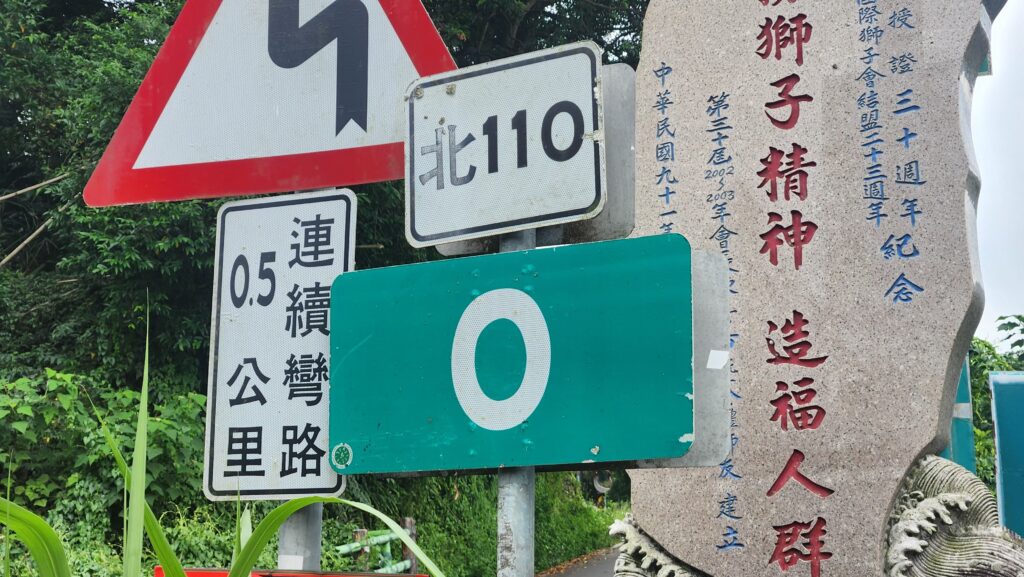
For cyclists in Taipei, Dongyanshan offers a welcome alternative to the popular Yangmingshan routes, allowing for a bit of adventure further south. I often see riders from Taipei venture this way for a change of scenery, likely drawn by the hill’s reputation. Meanwhile, for those located closer to the start of the climb, such as in the Taoyuan or Sanxia areas, Dongyanshan may already be a regular fixture in weekend rides due to its difficulty and scenic appeal.
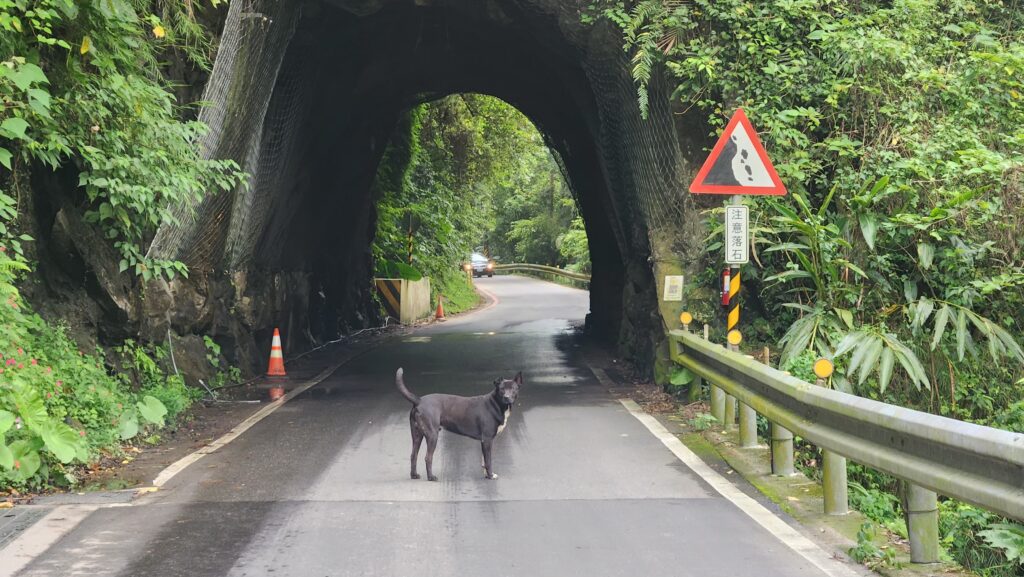
This isn’t your typical afternoon spin—Dongyanshan is a 12-kilometer uphill grind. It’s not the most grueling climb you’ll ever do, but it’s definitely a challenge worth tackling at least once. Plus, you can make a loop out of it, which is always a nice option.
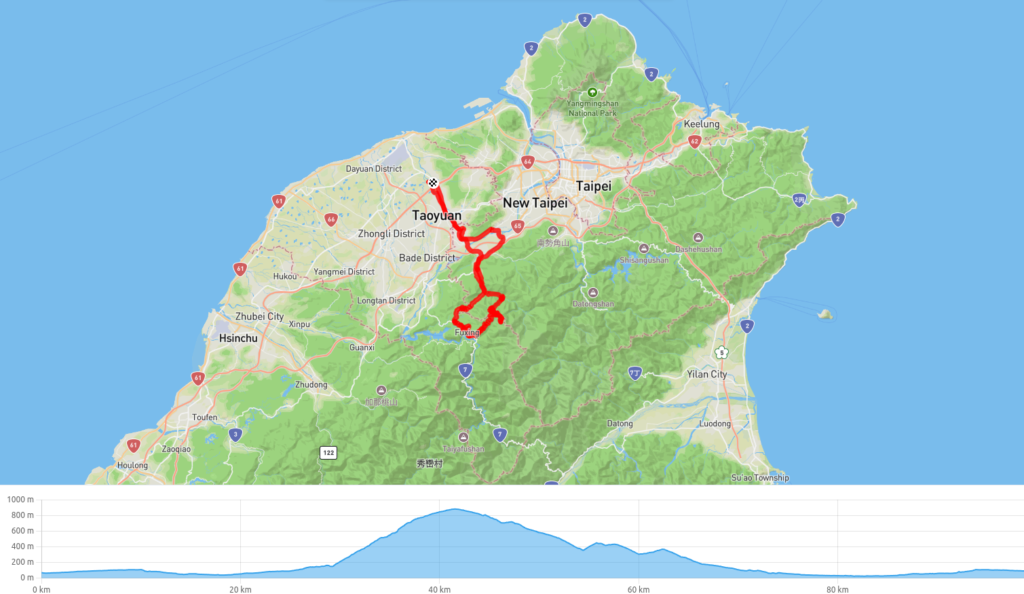
Let’s talk logistics. If you’re in northern Taiwan, key access points to this climb include Sanxia, Yingge, Longtan, and Taoyuan. From Taipei, you can easily reach the starting point by riding along the river and connecting to Tianfu Road, also known as Bei 111. For those coming from Xindian, Sanchong, Wugu, Taishan, Linkou, or Luzhu, it makes for an ideal day trip: the round trip covering 80 to 100+ kilometers depending on your starting location. If you prefer to begin from a train station, the Taoyuan TRA station is a convenient option, as are the Banqiao TRA and HSR stations. Here’s a GPS link to the exact start of the hill climb:
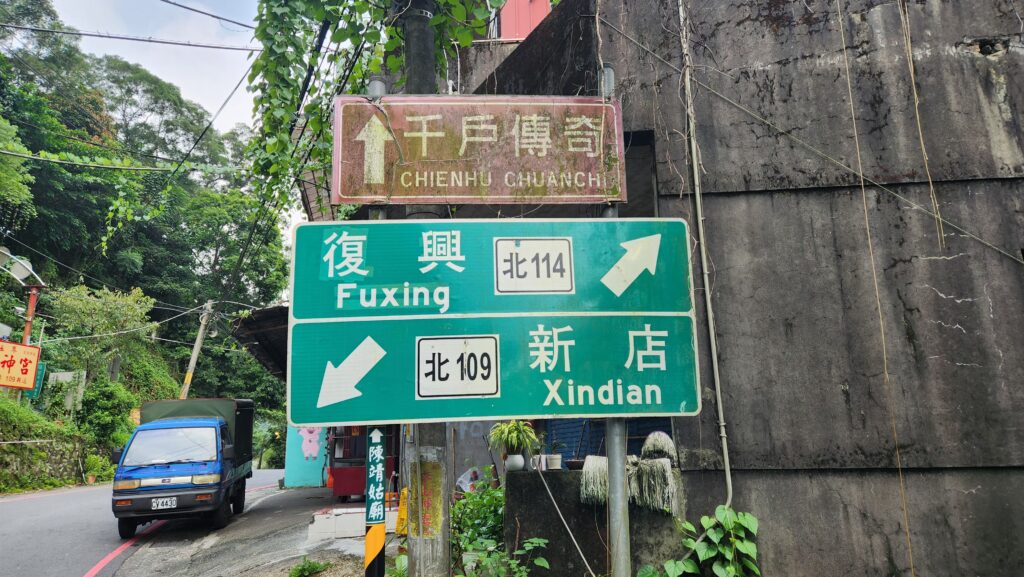
If you’re coming from farther out—say, the skirts of Hsinchu – it will add some distance, but it’s still manageable. The key point is to reach this 7-Eleven near the start of Bei 111, where many riders stop to stock up before embarking on the climb.
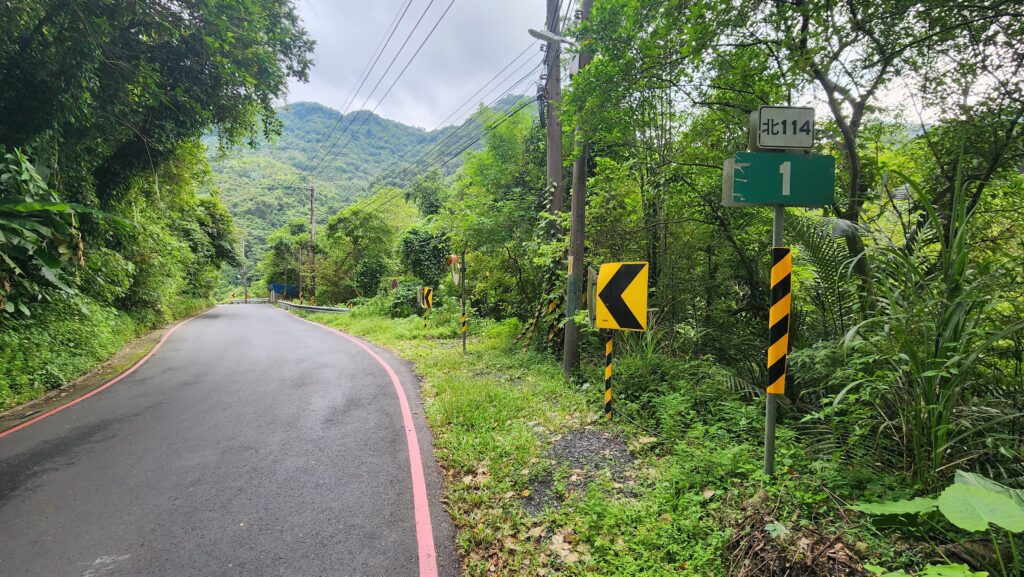
The climb starts once you cross the bridge along Bei 113. Initially, the gradient is fairly gentle, with a 2-3% incline on Bei 111 and 114, making it a popular warm-up road. However, as soon as you cross the bridge, the climb becomes more serious. You’ll face gradients ranging from 7% to 10%, and in some sections, you will see numbers of 15%+.
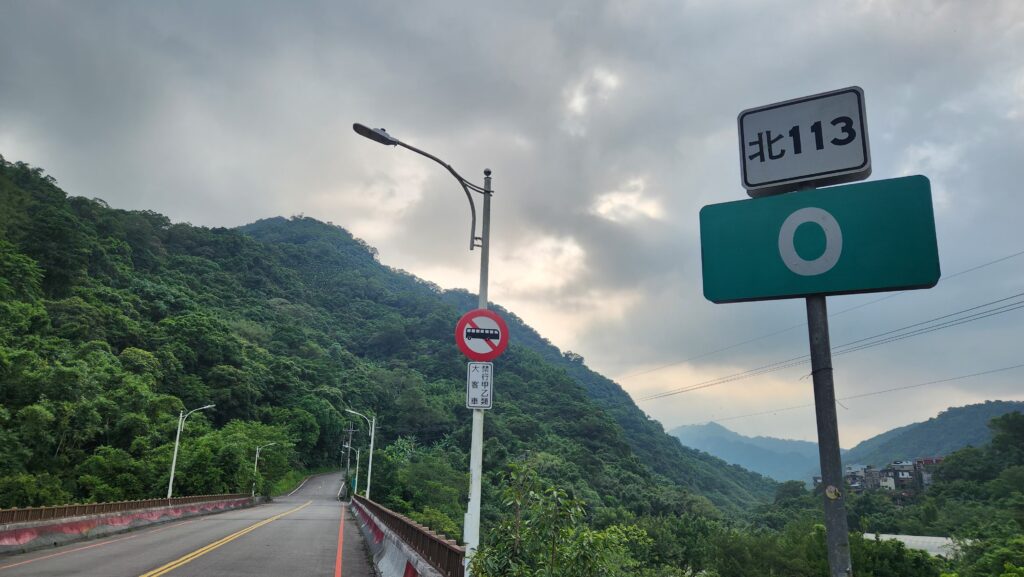
Dongyanshan spans 12 kilometers with an average gradient of 5.6%, gaining almost 700 meters in elevation. The first 5 kilometers are notably steep, but after reaching the 5K mark, the road flattens slightly. It’s not a full recovery section, but the reduction in gradient from 10% to around 4-5% offers some relief.
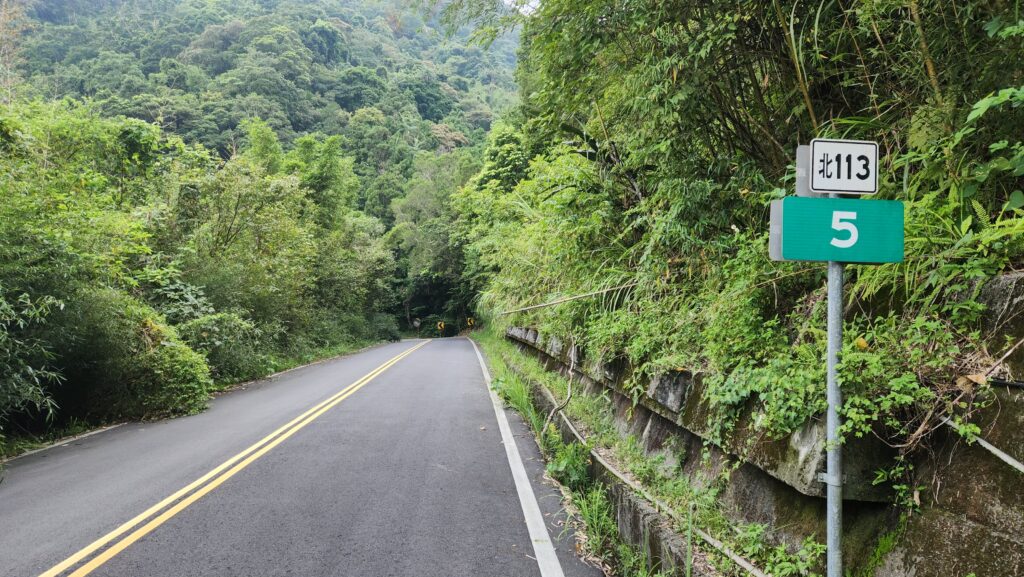
At the 7-kilometer mark, the road changes—it becomes a single-lane route winding through lush tree cover. This portion is serene and scenic, offering a tranquil moment amid the grind. The road quality remains good, but there are a few steep spots with slippery moss, so watch your rear wheel.
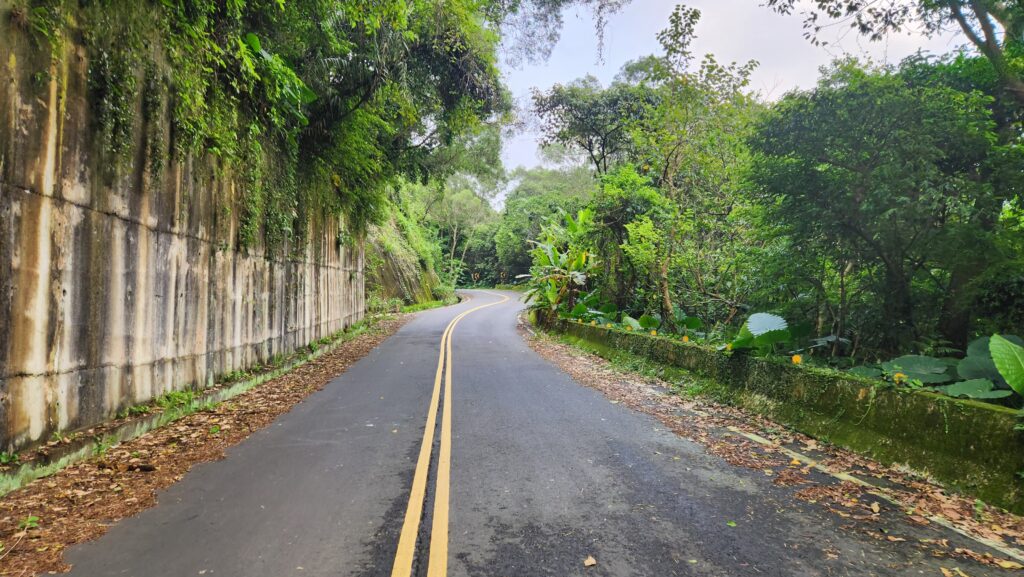
After navigating the single-lane section, you’ll hit Bei 119, but the climb isn’t over yet. You still have about 2.5 kilometers to go. Thankfully, the gradient levels out to around 3-4%, giving you a bit of a breather before reaching the entrance to the National Forest Recreation Area, this is the end of the climb, the main Dongyanshan gate.
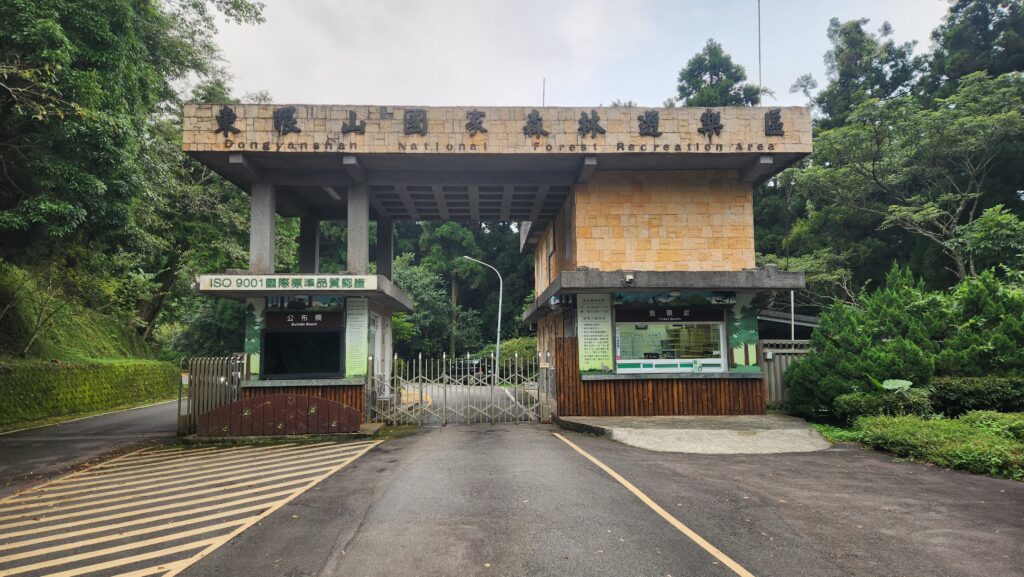
Once at the top, you’ll find a large entrance gate marking the end of the road. If you’re interested in hiking, this is a great spot to park your bike and explore the trails, although I personally haven’t done this. There’s also a spot to fill up on water if needed.
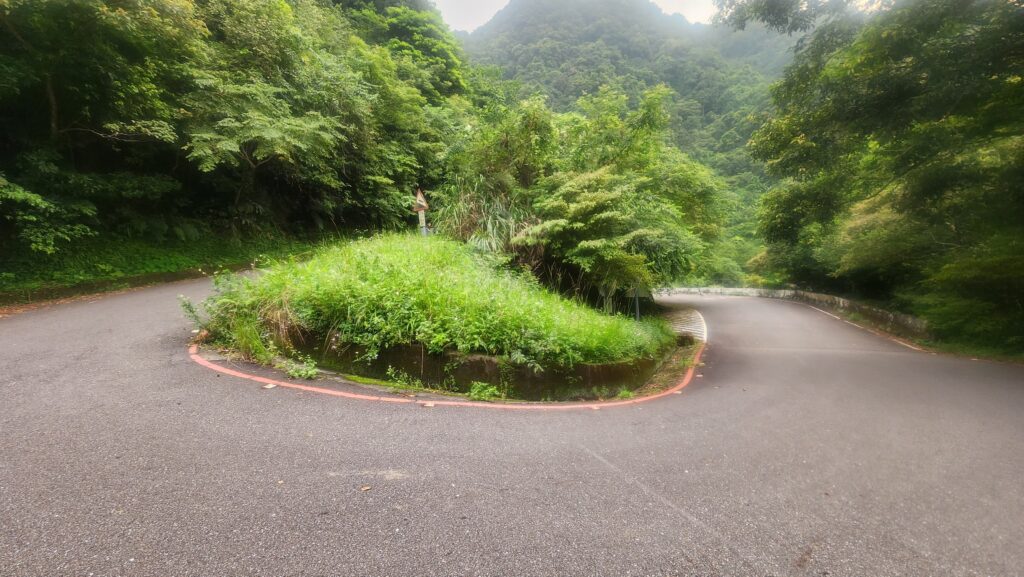
If you want to turn your ride into a loop, you can head down Bei 119. The descent is about 7 kilometers at a steady 4-5% gradient, with a few steeper moments. The road eventually flattens out, but you’ll need to climb again slightly as you make your way back to No 7. Completing the full loop makes for a solid ride of about 100 kilometers, depending on where you start. Alternatively, you can simply turn around at the top and ride back down the way you came. Either way, you’ll experience a great day in this area, there are a few blind-corner bends during the descent on Bei 113, so easy does it.
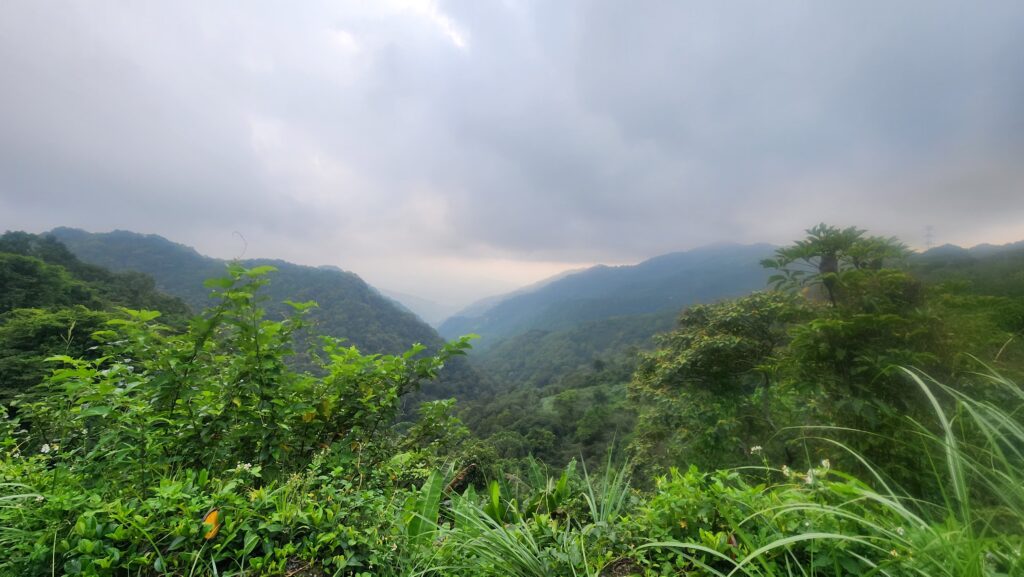
If you’re a cyclist based in northern Taiwan and you haven’t ventured south to try Dongyanshan, I highly recommend giving it a go. The climb offers a nice balance of challenge, scenic beauty, and accessibility. Plus, the network of roads in the area makes for some fantastic rides and exploring. Whether you’re looking to push your limits or just explore a new route, this climb is well worth the effort. Take a look at this route, this highlights the loop mentioned and a bit of urban riding to get to the start of the climb: